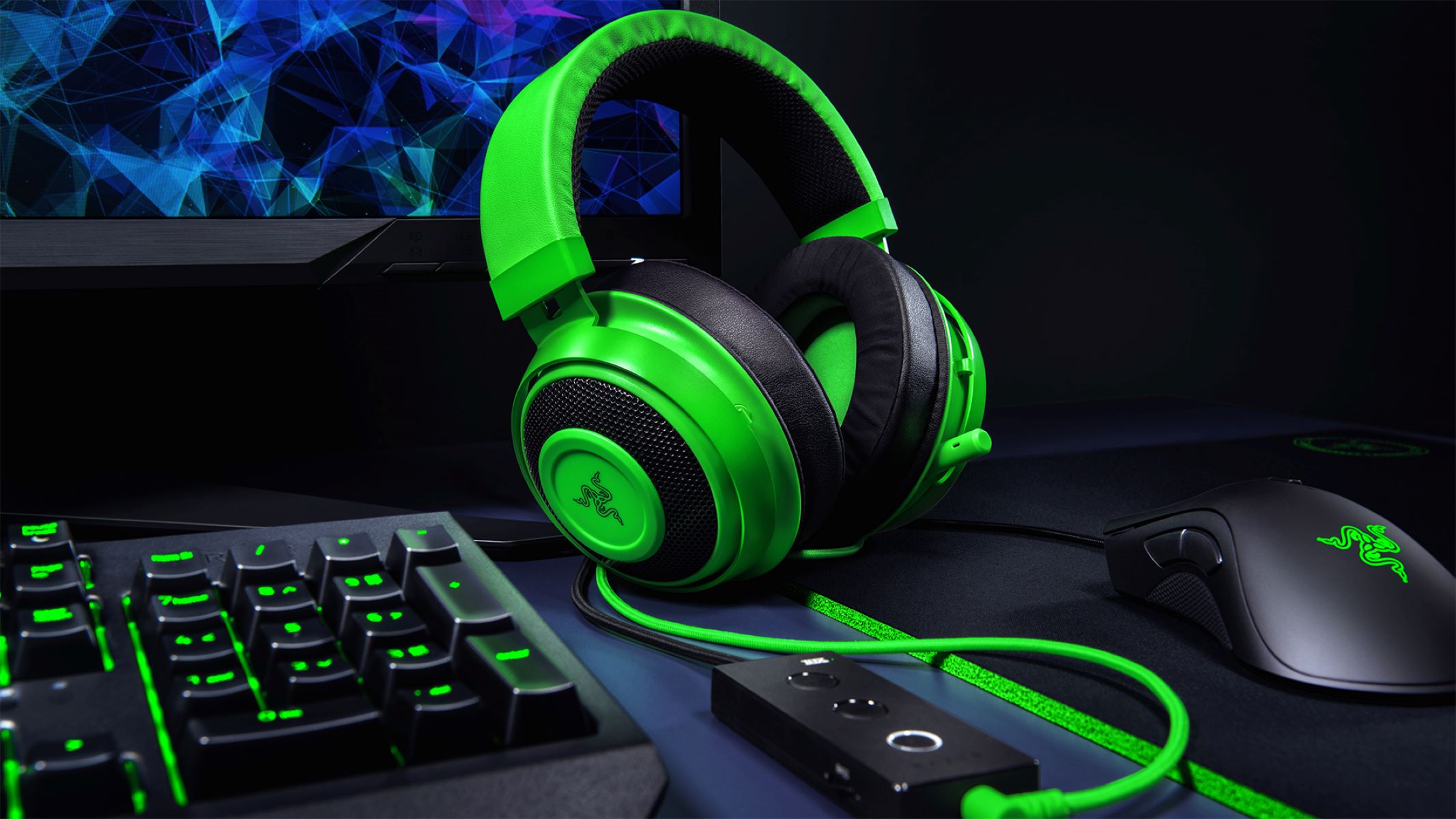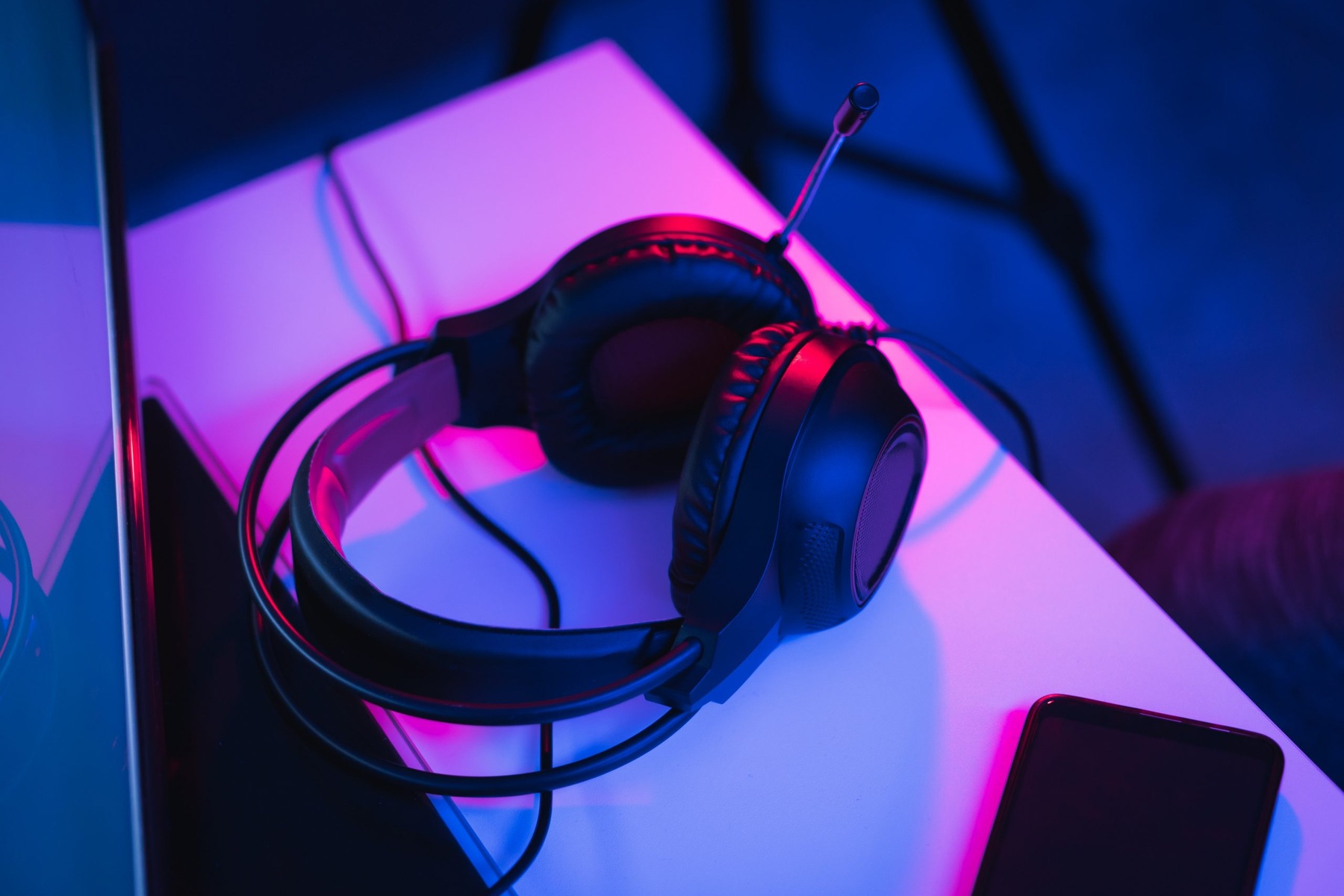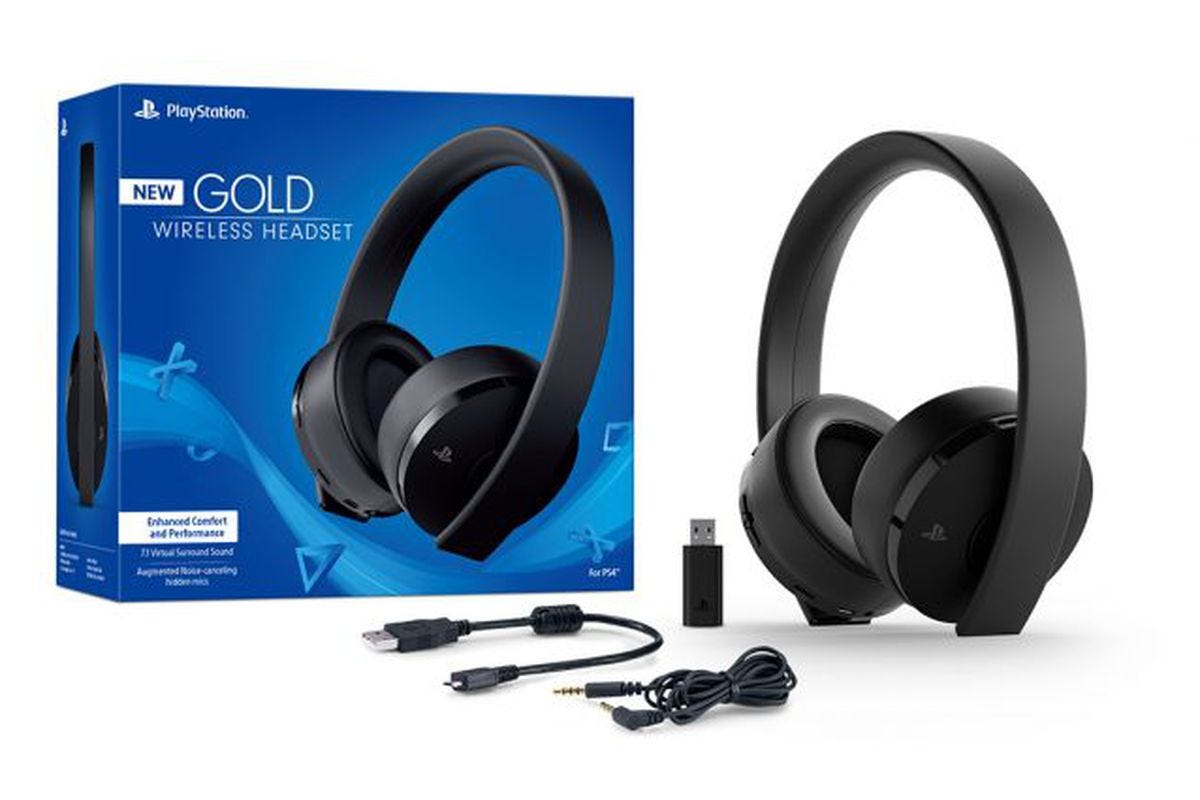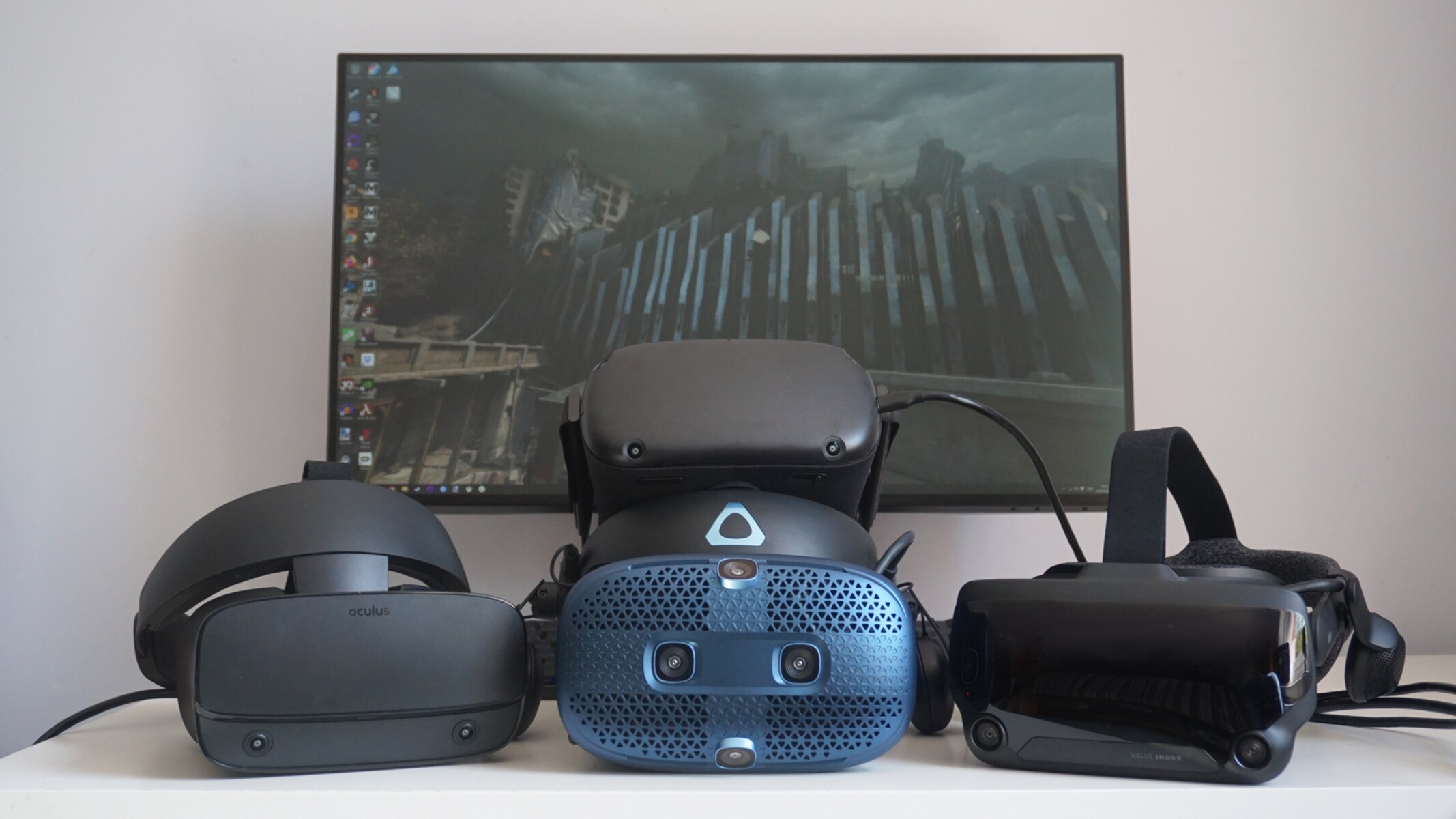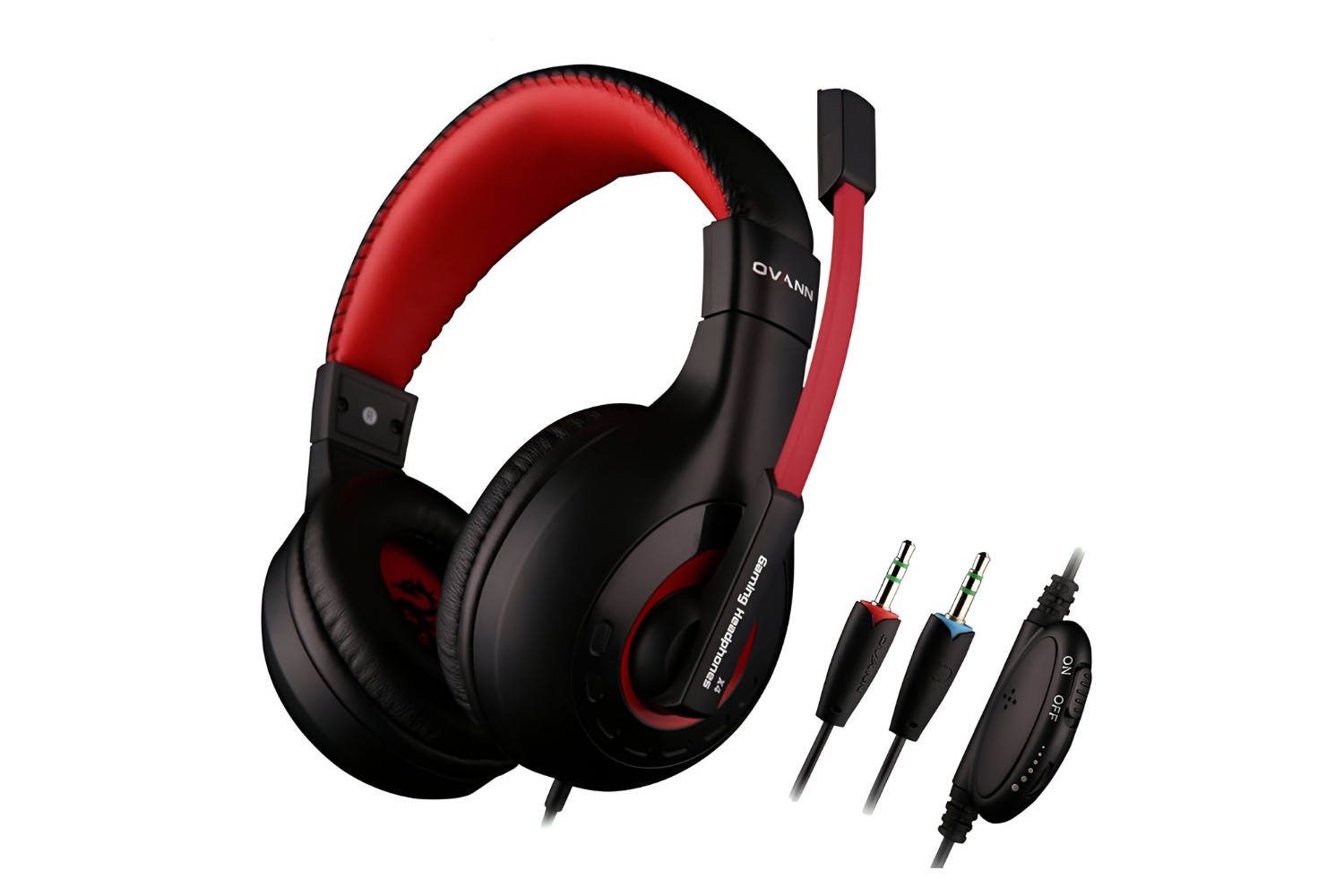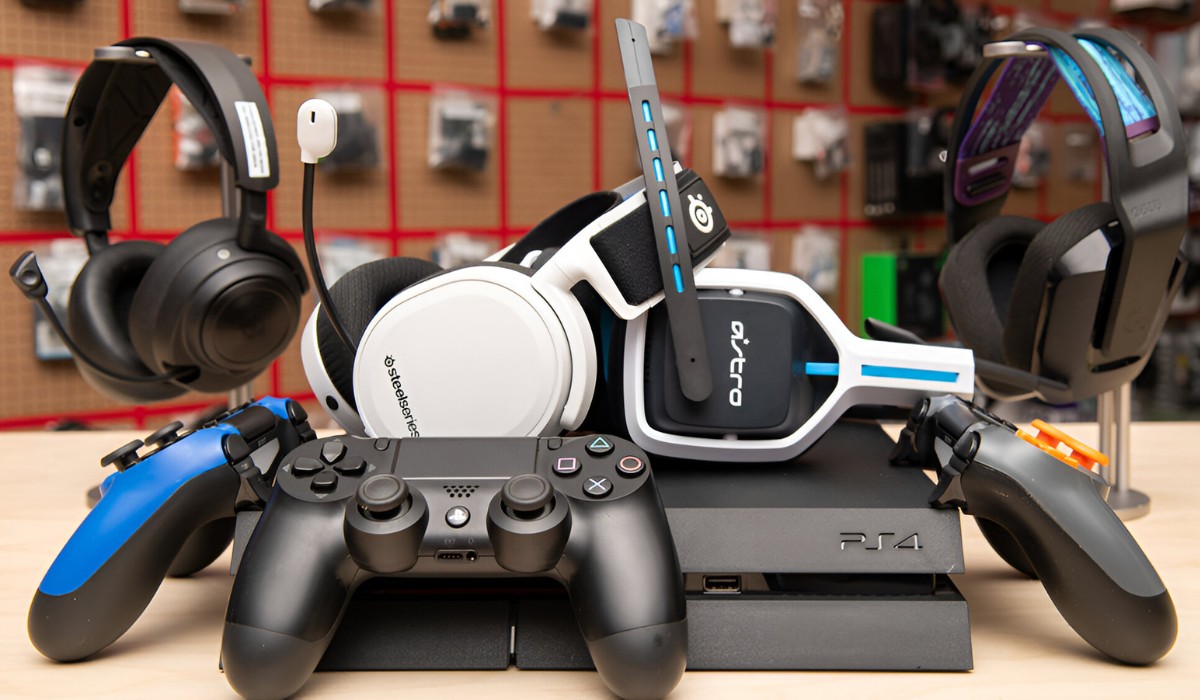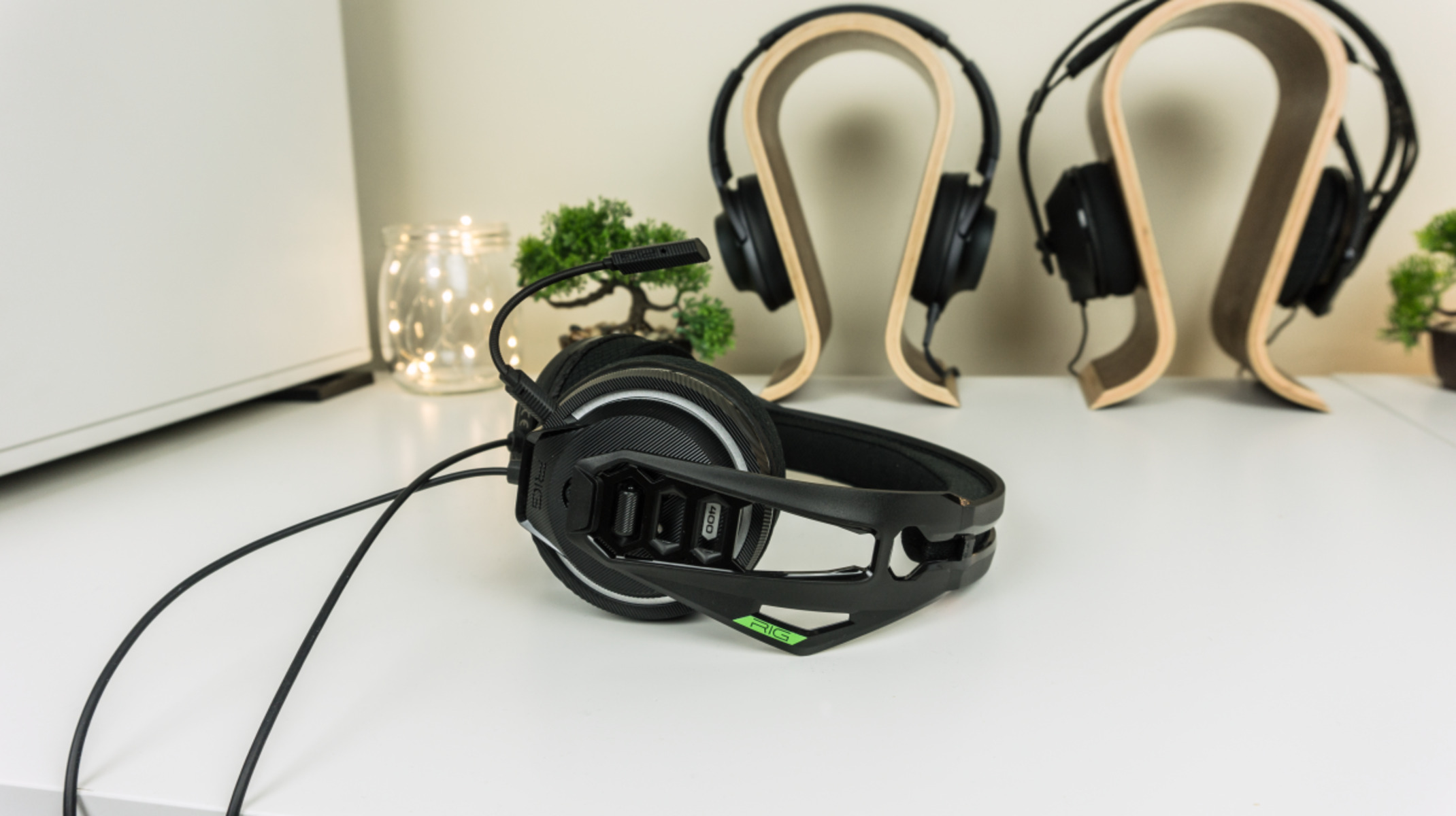Introduction
Gaming headsets have become an essential accessory for PC gamers, offering immersive audio and clear communication during intense gaming sessions. Whether you're delving into a virtual battlefield or collaborating with teammates in a multiplayer game, a high-quality gaming headset can elevate your gaming experience to new heights. In this guide, we'll explore the step-by-step process of connecting and optimizing a gaming headset for use with your PC. By following these instructions, you can ensure that your gaming headset delivers optimal audio performance and seamless communication, allowing you to fully immerse yourself in the gaming world.
A gaming headset typically consists of headphones for audio output and a microphone for voice input, providing a comprehensive solution for both listening and communication needs. With the right setup, you can enjoy crystal-clear sound effects, pinpoint enemy movements with precision, and communicate effectively with your gaming allies. Whether you're a seasoned gamer or new to the world of PC gaming, mastering the setup and configuration of a gaming headset is essential for a fully immersive and enjoyable gaming experience.
In the following steps, we'll cover the process of connecting the headset to your PC, adjusting the audio settings to optimize sound quality, configuring the microphone for clear voice input, and testing the headset to ensure everything is functioning as intended. By the end of this guide, you'll have the knowledge and confidence to seamlessly integrate your gaming headset with your PC, unlocking its full potential and enhancing your gaming adventures.
Now, let's dive into the step-by-step instructions for using a gaming headset with your PC, and elevate your gaming experience to a whole new level.
Step 1: Connecting the Headset to Your PC
Before delving into the gaming world with your headset, the first crucial step is to connect it to your PC. Most gaming headsets utilize a standard 3.5mm audio jack or USB connection for compatibility with PCs. Follow these steps to establish a seamless connection:
- Identify the Audio Jacks: Locate the audio jacks on your PC. Typically, PCs feature separate jacks for audio output (headphones/speakers) and input (microphone). These are commonly color-coded, with green for audio output and pink for microphone input.
- 3.5mm Audio Jack Connection: If your gaming headset uses a 3.5mm audio jack, plug the headphone connector into the green audio output jack and the microphone connector into the pink input jack on your PC. Ensure a secure connection for both the headphone and microphone plugs.
- USB Connection: For headsets with a USB connector, simply insert the USB plug into an available USB port on your PC. The operating system should automatically detect and install the necessary drivers for the headset.
- Wireless Headsets: If you’re using a wireless gaming headset, refer to the manufacturer’s instructions for the initial setup process, which may involve connecting a wireless transmitter to your PC via USB or other methods.
Once the headset is physically connected to your PC, you’re ready to move on to the next step of configuring the audio settings to ensure optimal sound quality and performance.
Step 2: Adjusting the Audio Settings on Your PC
After successfully connecting your gaming headset to your PC, it’s essential to fine-tune the audio settings to optimize sound quality and ensure an immersive gaming experience. Here’s how to adjust the audio settings on your PC:
- Accessing Sound Settings: On Windows, right-click on the speaker icon in the system tray and select “Open Sound settings” or “Playback devices” to access the audio settings. On macOS, navigate to “System Preferences” and select “Sound” to access the audio settings.
- Selecting the Default Playback Device: In the sound settings, ensure that your gaming headset is set as the default playback device. This directs the audio output from your PC to the headset, allowing you to hear the game audio and other sounds through the headset.
- Adjusting Volume and Enhancements: Fine-tune the volume levels to your preference and explore any available audio enhancements or equalizer settings to customize the sound output according to your preferences. Some headsets may come with their own software that allows you to adjust audio settings and apply custom sound profiles.
- Testing Surround Sound (If Applicable): If your gaming headset supports surround sound, ensure that the correct audio configuration is selected in the sound settings to experience the full spatial audio immersion in compatible games.
- Microphone Settings: While in the sound settings, navigate to the “Recording” tab to verify that the headset’s microphone is recognized as the default recording device. Adjust the microphone levels and check for any additional settings to optimize voice input.
By adjusting these audio settings, you can tailor the sound output to suit your preferences and take full advantage of the capabilities of your gaming headset. Once the audio settings are configured to your liking, you’re ready to move on to the next step of configuring the microphone for clear voice input during gaming sessions.
Step 3: Configuring the Microphone
Configuring the microphone of your gaming headset is crucial for clear voice communication during multiplayer gaming, virtual meetings, or voice chat. Follow these steps to ensure that the microphone is properly configured on your PC:
- Accessing Microphone Settings: On Windows, right-click on the speaker icon in the system tray and select “Open Sound settings” or “Recording devices” to access the microphone settings. On macOS, navigate to “System Preferences” and select “Sound,” then navigate to the “Input” tab to access the microphone settings.
- Verifying Microphone Input: In the microphone settings, ensure that your gaming headset’s microphone is recognized as the default recording device. Test the microphone by speaking into it and observing the input levels to ensure that it’s capturing sound effectively.
- Adjusting Microphone Levels: Fine-tune the microphone levels to an optimal setting where your voice is clearly captured without distortion or background noise. Some headsets may feature a microphone mute switch or button that can be used to quickly silence the microphone when needed.
- Enabling Noise Cancellation (If Available): If your gaming headset offers noise-cancellation features for the microphone, explore the settings or accompanying software to enable this functionality, which can help minimize background noise and enhance voice clarity.
- Testing Mic in Communication Apps: Open a communication app such as Discord, Skype, or any game with in-game voice chat, and test the microphone to ensure that your voice is being transmitted clearly. Adjust settings within the communication app as needed to optimize microphone performance.
By configuring the microphone settings and ensuring that it effectively captures your voice while minimizing background noise, you can engage in seamless communication with teammates and friends during gaming sessions or virtual meetings. Once the microphone is configured to your satisfaction, it’s time to proceed to the final step of testing the headset to ensure that both the audio and microphone functions are working as intended.
Step 4: Testing the Headset
After connecting, adjusting, and configuring your gaming headset, it’s essential to perform thorough testing to ensure that both the audio and microphone functions are working seamlessly. Follow these steps to test your gaming headset on your PC:
- Audio Playback Test: Play a piece of audio, such as music or a game, to ensure that the sound is being delivered through the gaming headset. Verify that the audio is clear, balanced, and immersive, allowing you to fully experience the auditory elements of your content.
- Surround Sound Test (If Applicable): If your gaming headset supports surround sound, engage in activities or games that showcase spatial audio to experience the full depth and immersion provided by the surround sound technology.
- Microphone Test: Use a voice recording app or the voice recorder feature on your PC to record a short audio clip while speaking into the headset’s microphone. Playback the recording to ensure that your voice is captured clearly and without any distortions or background noise.
- Voice Communication Test: Join a voice chat or call a friend on a communication app to engage in a brief conversation, allowing you to verify that the microphone is transmitting your voice effectively and that you can hear the other party clearly through the headset.
- In-Game Testing: Launch your favorite game and engage in gameplay to test the headset’s audio performance in a gaming environment. Pay attention to the clarity of in-game sound effects, dialogue, and overall audio immersion provided by the headset.
By conducting these comprehensive tests, you can ensure that your gaming headset is fully integrated with your PC, delivering high-quality audio output and clear voice communication. Any issues identified during testing can be addressed by revisiting the previous steps to adjust settings or troubleshoot potential connectivity issues. Once you’re satisfied with the performance of your gaming headset, you’re ready to immerse yourself in the captivating world of gaming with enhanced audio and communication capabilities.
Conclusion
Mastering the setup and configuration of a gaming headset for use with your PC is a pivotal step toward enhancing your gaming experience. By following the step-by-step process outlined in this guide, you’ve gained the knowledge and skills necessary to seamlessly integrate your gaming headset with your PC, unlocking its full potential for immersive audio and clear communication.
From connecting the headset to adjusting audio settings, configuring the microphone, and conducting thorough testing, you’ve embarked on a journey to optimize the performance of your gaming headset, ensuring that it delivers exceptional sound quality and reliable voice input during gaming sessions and beyond.
With your gaming headset now seamlessly integrated with your PC, you can delve into the captivating worlds of your favorite games, fully immersing yourself in the rich audio landscapes and engaging in seamless communication with fellow gamers. The enhanced audio clarity, spatial immersion, and effective voice communication facilitated by your gaming headset will undoubtedly elevate your gaming adventures to new heights, allowing you to experience games in a more immersive and interactive manner.
As you continue to explore the diverse realms of PC gaming, remember that the proper setup and configuration of your gaming headset play a pivotal role in shaping your overall gaming experience. By leveraging the capabilities of your gaming headset and optimizing its performance through the steps outlined in this guide, you’re poised to embark on countless gaming adventures with enhanced audio quality and seamless communication at your fingertips.
Armed with the knowledge and expertise gained from this guide, you’re ready to embrace the immersive world of PC gaming, where every sound effect, musical score, and voice communication is delivered with exceptional clarity and precision, enriching your gaming escapades and connecting you with fellow gamers in a more profound way.







